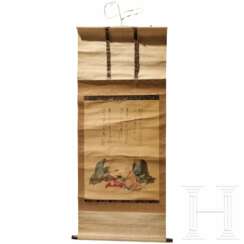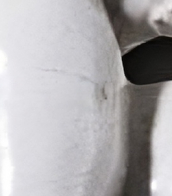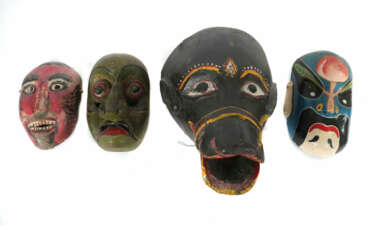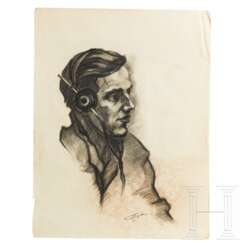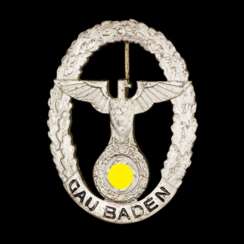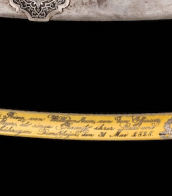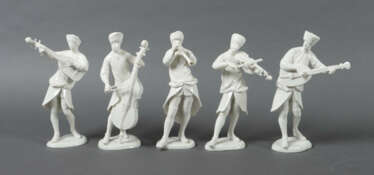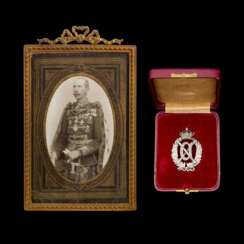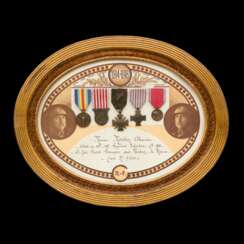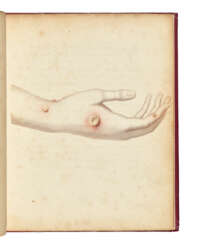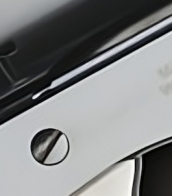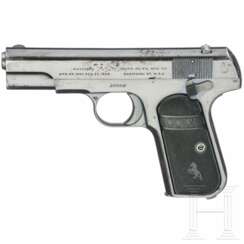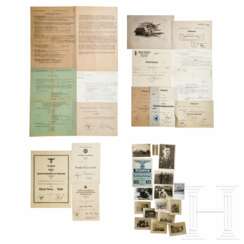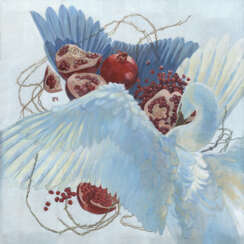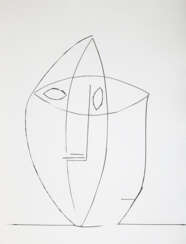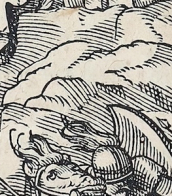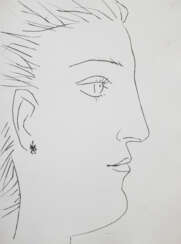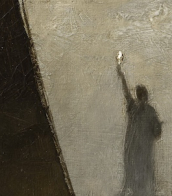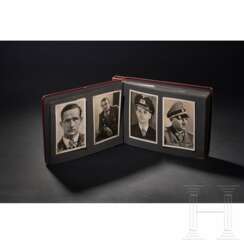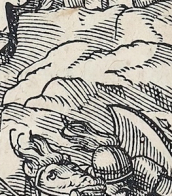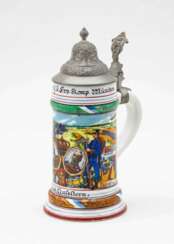2917 Items by auctions and galleries:
männer
Lot 192 Edward Jenner (1749-1823)
Edward Jenner (1749 - 1823) 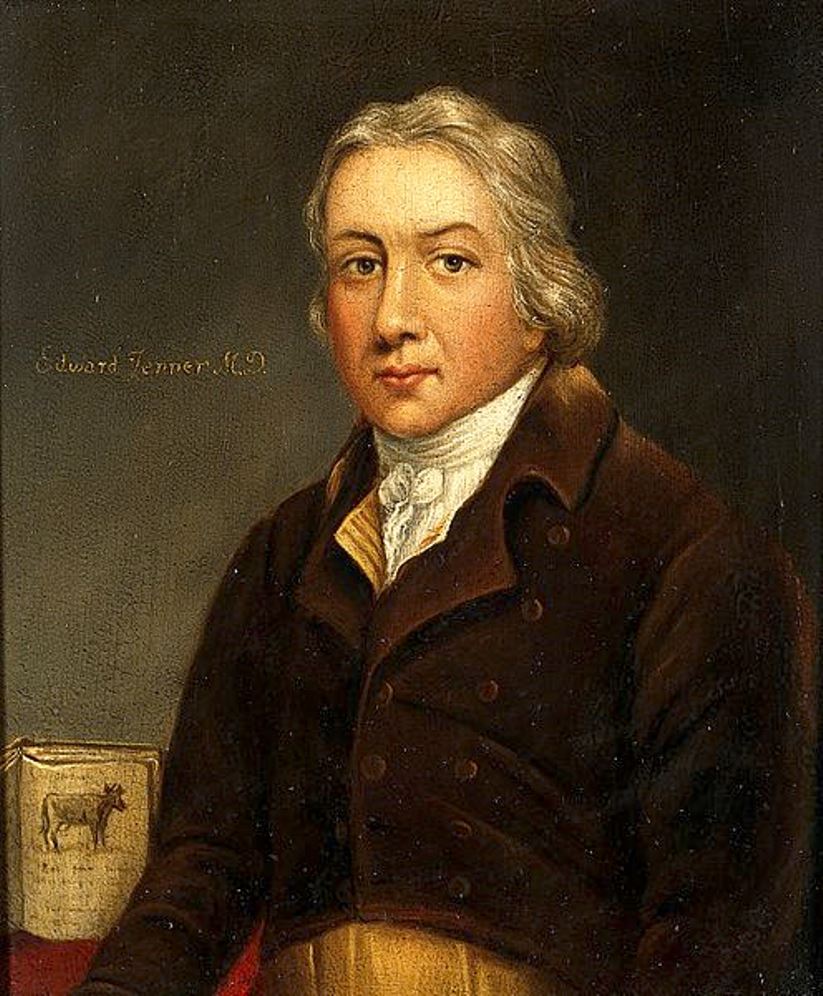 Valuable Books, Manuscripts and Photographs, including Highlights from The Royal Society of Medicine
Valuable Books, Manuscripts and Photographs, including Highlights from The Royal Society of Medicine 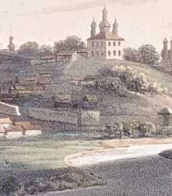

Edward Jenner
17.05.1749 - 26.01.1823

CHRISTIE'S
Valuable Books, Manuscripts and Photographs, including Highlights from The Royal Society of Medicine
Date: 10.12.2025 12:00 UTC +00:00
Number of lots in the catalog: 213
Lot 191 JENNER, Edward (1749-1823)
Valuable Books, Manuscripts and Photographs, including Highlights from The Royal Society of Medicine 

CHRISTIE'S
Valuable Books, Manuscripts and Photographs, including Highlights from The Royal Society of Medicine
Date: 10.12.2025 12:00 UTC +00:00
Number of lots in the catalog: 213
Der Sieger / The Winner
Polina Maykova (b. 1982) 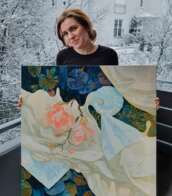 Shop Maykova Polina
Shop Maykova Polina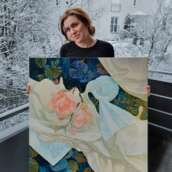

Polina Maykova
26.12.1982
Germany
Die 1982 in Moskau geborene Malerin stammt aus einer Familie bildender Künstler.
In den Werken widmet sich Polina Maykova der Conditio humana – den Bedingtheiten, Absichten und unauflösbaren Widersprüchen, in denen wir Menschen leben und leiden. Ihre Allegorien, die sich aus der klassischen Malerei ebenso speisen wie aus zeitgenössischen figurativen Strömungen, zeigen einen unverstellten und doch liebevollen Blick auf unsere inneren Welten.

Artist shop
Maykova Polina
Germany
Number of products: 23
Lot 5461 Joachim von Ribbentrop - a large dinner plate
A106us: A US Lifetime Headgear Collection and other Imperial and WW II Collectibles 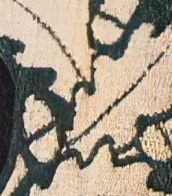

Hermann Historica
A106us: A US Lifetime Headgear Collection and other Imperial and WW II Collectibles
Date: 08.11.2025 14:00 UTC +01:00
Number of lots in the catalog: 511
